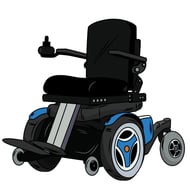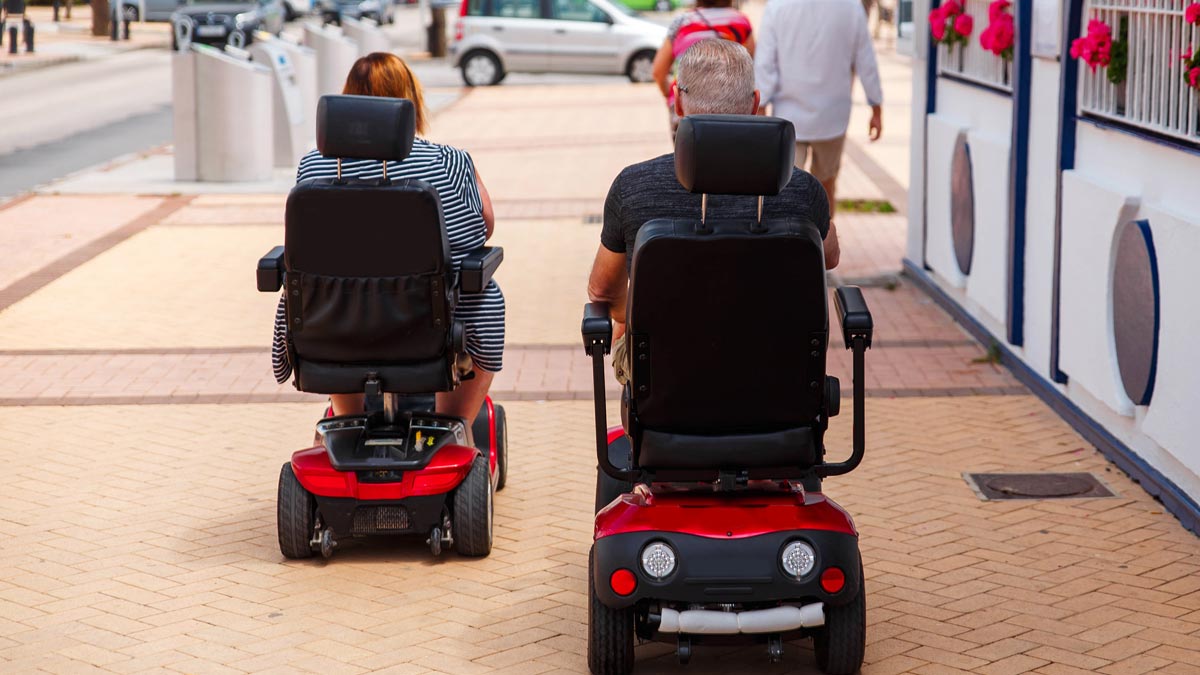When it comes to accessibility, most of us tend to focus on the basics: elevators, ramps, push buttons, and automatic doors—full stop. However, as a full-time power wheelchair user, I can tell you that there is so much more to accessibility than these fundamental elements, and one crucial factor that is often overlooked is SPACE.
If you don't have enough space to maneuver your mobility device, you can't access the world around you, which means it is inaccessible. As someone who navigates the world in a power wheelchair, I have learned that space is a luxury that I often don't get to experience.
Let me give you a few examples. Going into an accessible washroom as a power wheelchair user is like playing a game of real-life Tetris. Trying to squeeze a 300-pound wheelchair between a poorly placed toilet and a sink that juts out right in the middle of the room is a challenge. Not only do you have to think about space for your wheelchair, but you also have to consider if there is enough room for your personal support worker to help you. Soooo many times, I have had to play this game with a full bladder, and it isn't a good time.
Another example of space being critical is doorways. They are often not wide enough for our wheelchairs to get through the door, and if we attempt to and it doesn't work, we run the risk of damaging someone's property or ourselves. 
So, why don't we think of space as a part of accessibility? In my opinion, the media mostly portrays disabled people who are athletic and have achieved a level of independence that is deemed acceptable. This tends to be manual chair users who are sporty. No shade to these folks, they’re doing their best, too—but their chairs are much, much smaller. Because athletic wheelchair users are what we see in the media—we don’t properly consider power chairs when we consider what access looks like.
Subconsciously, we tend to think of power chair users as people who are dependent on someone else - thus we don't design access with them in mind. As a result, our spaces are designed with one cookie-cutter mold of what wheelchair users look like. But, I want to help change this thinking.
I invite you to think of space as an invitation. If we build places that have more space for power wheelchair users like me and so many others, we are inviting them into our world, and inviting them to take part. Space is access, and access is an invitation to a whole new world of possibilities.
As the "Chair with Me" blog series continues, I'll share with you my journey to find access as a power wheelchair user. I'll share the highs and lows, offer advice, and so much more. So, "chair with me", there's a whole lot more space to cover.
If you have suggestions for a blog topic or comments, feel free to email me at andrew@andrewgurza.com. I would love to hear from you.
Want to know the FTA's plans for making train stations more accessible?




